How many prime ministers has the Queen appointed during her reign?

Elizabeth II took to the throne in 1952, aged just 25, and has overseen a broad spectrum of political leaders during her time.
In total, the Queen has seen 15 prime ministers during her 70-year reign as British monarch, including Liz Truss.
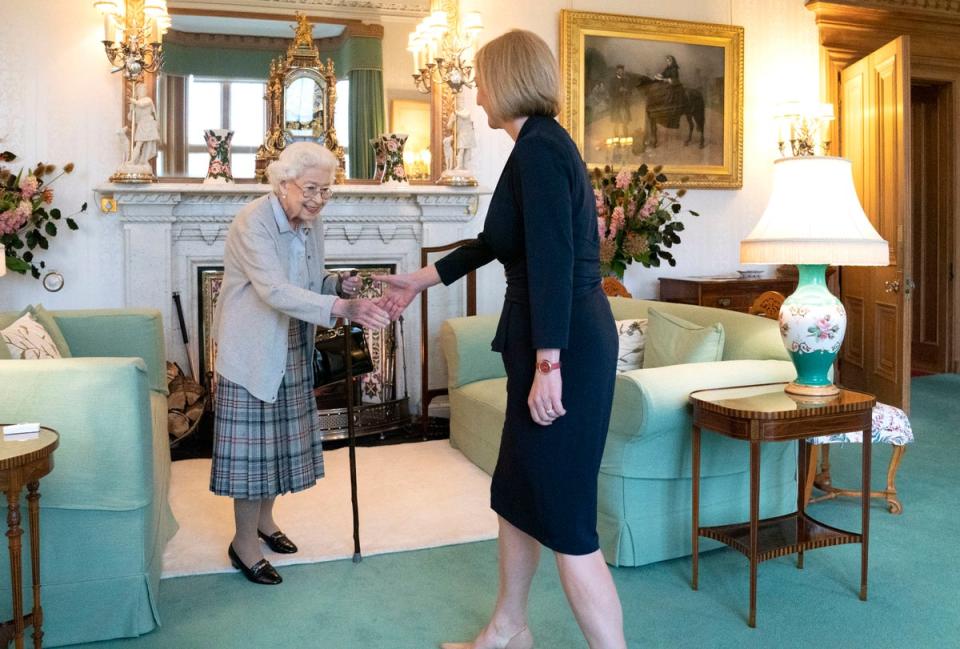
Past UK prime ministers were formally appointed by the Queen at Buckingham Palace. For new Prime Minister Liz Truss it meant travelling 1,000 miles to meet Her Majesty at Balmoral Castle.
The break from tradition is due to the Queen’s health concerns. This has happened to an incoming prime minister once before in 1908, when Herbert H. Asquith travelled to France to be summoned by King Edward VII, where the monarch was on a trip in Biarritz.
As the Conservatives still stay in power, we take a look at all the prime ministers who have served under the Queen.
1) Winston Churchill
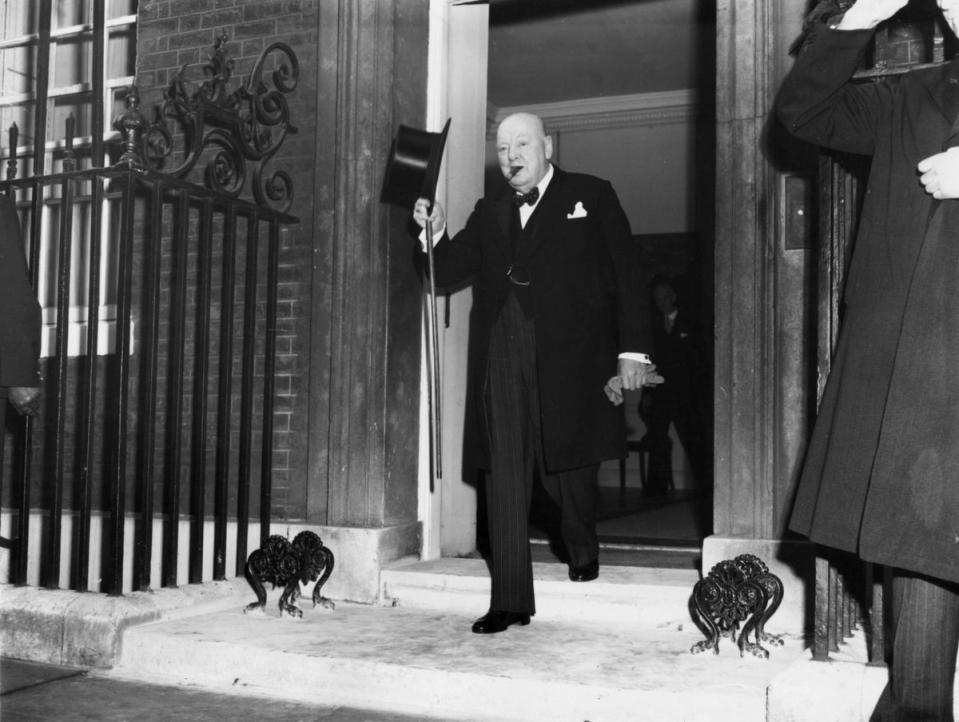
Winston Churchill served two stints as prime minister, from 1940 to 1945 and then 1951 to 1955. For much of the second, he served under the Queen.
He was Conservative leader from 1940 to 1955.
Best known for leading the country during World War II, he retired from his position in 1955.
He is reported to have been one of the Queen’s favourites and she wrote to him on his resignation to say no subsequent PM could “hold the place of my first prime minister”.
2) Anthony Eden
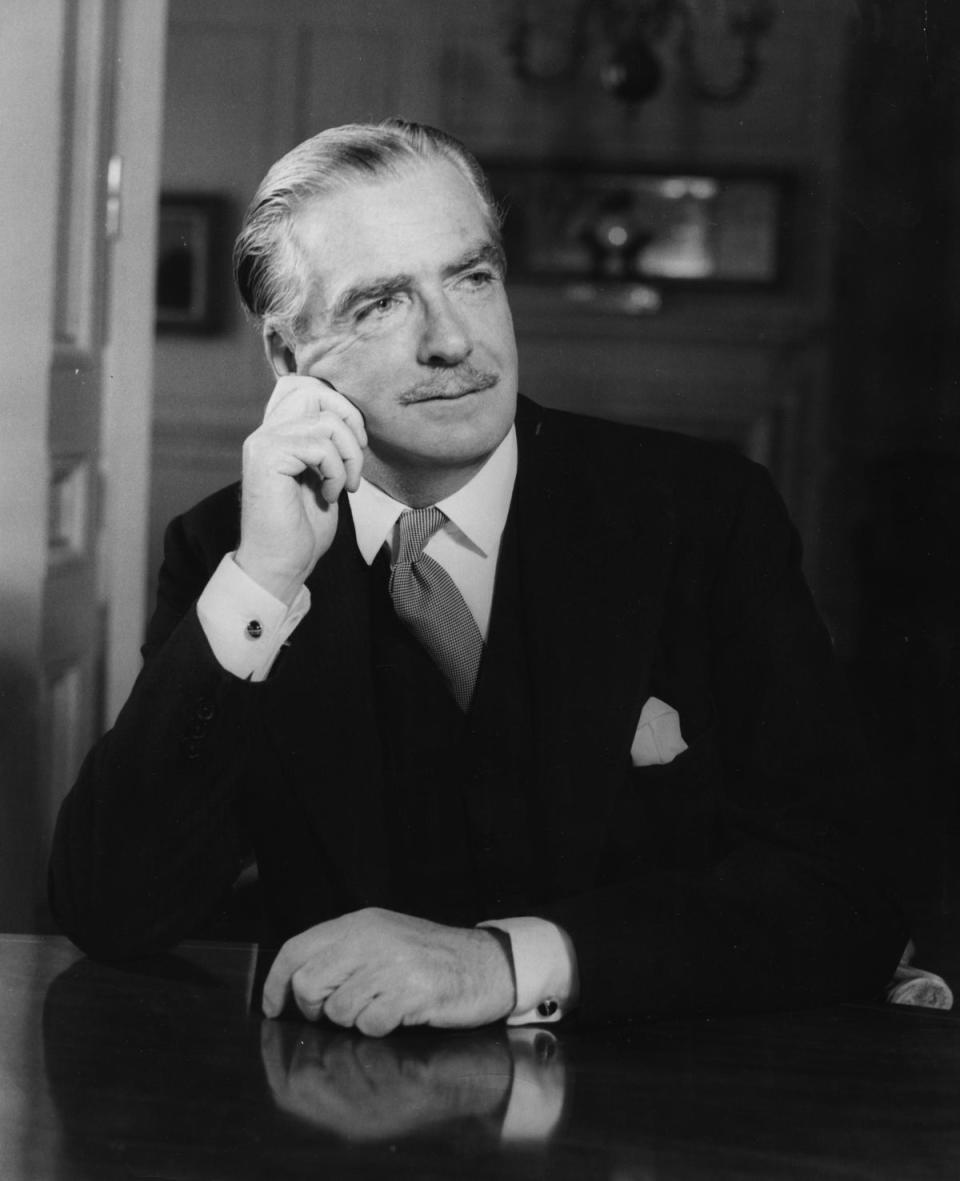
Anthony Eden took the office of prime minister in 1955 and served until 1957.
He had been deputy to Winston Churchill for some 15 years prior to this and was seen as his protégé – though he was not as popular as his mentor.
3) Harold Macmillan
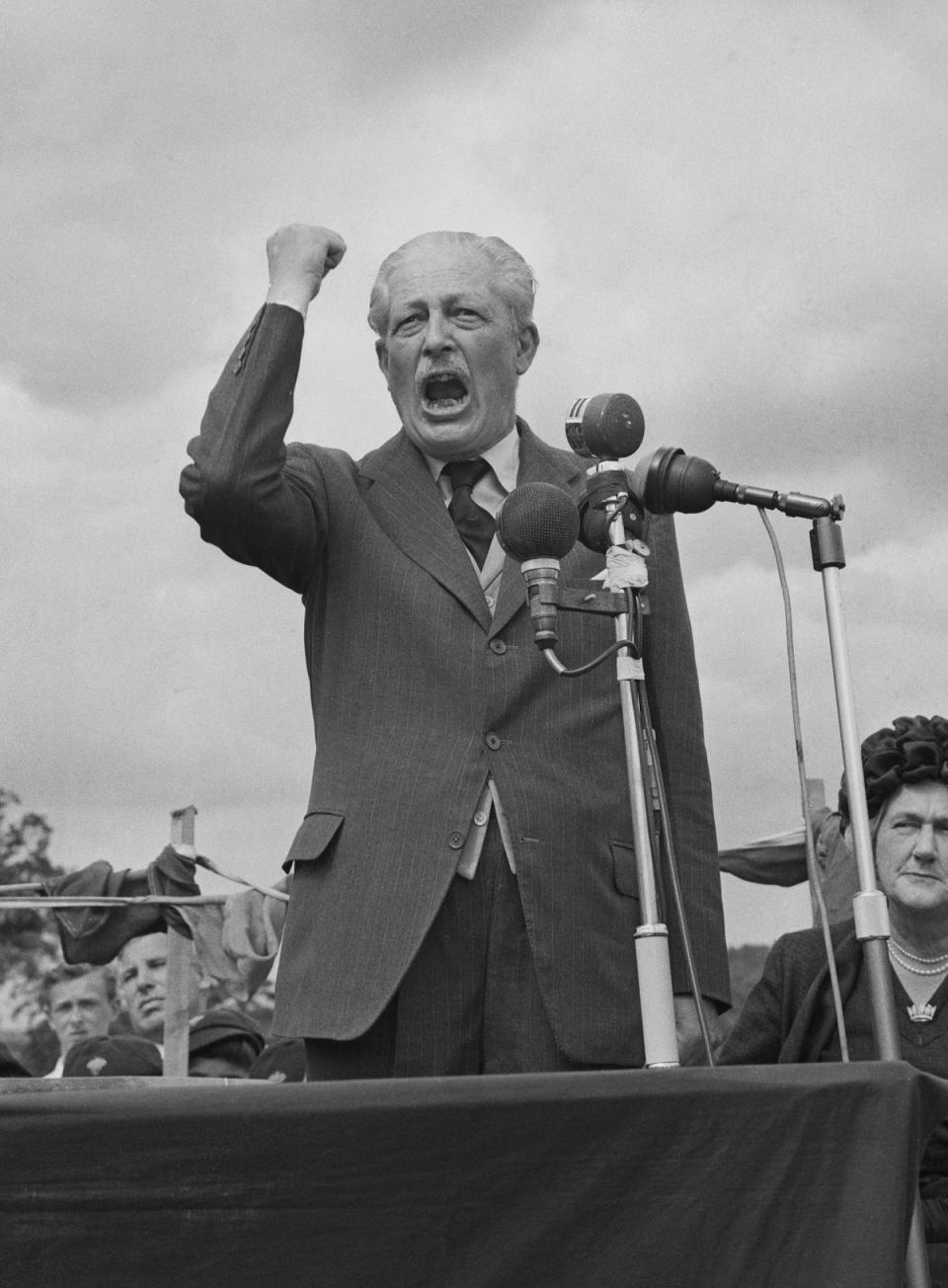
After serving as minister of defence, foreign secretary and the Chancellor of the Exchequer, Harold Macmillan led the Conservative Party and served as prime minister from 1957 to 1963.
He was urged to retire and was said to favour standing down in 1963, and eventually did so amid health problems.
4) Alec Douglas-Home
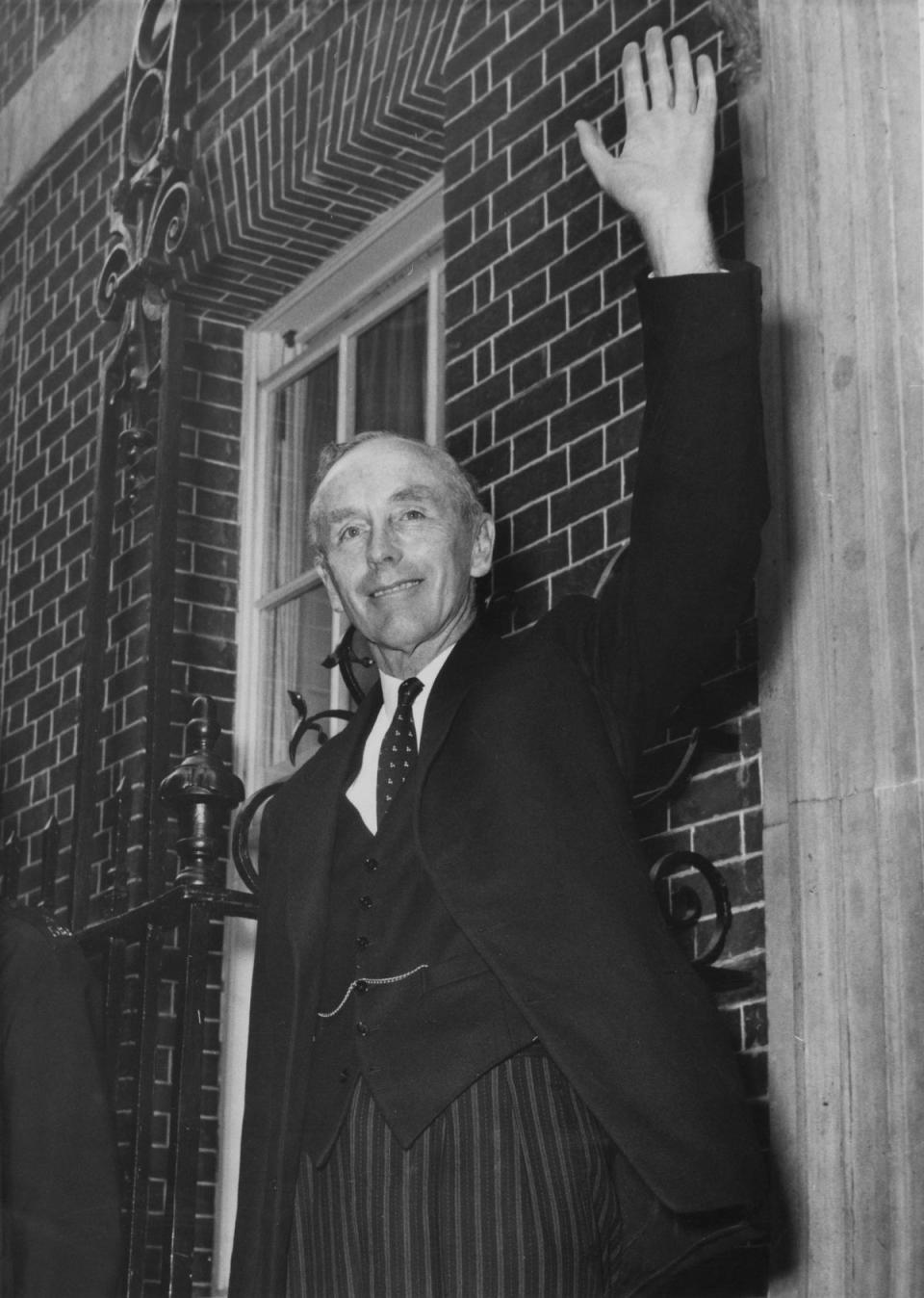
Alec Douglas-Home served for just shy of a year, with a tenure of 363 days.
He began his stint as a Lord before stepping down to contest the seat of Kinross and West Perthshire, where he won a by-election to allow him to sit in the Commons.
His time as prime minister came to an end after he was defeated narrowly in an election by Harold Wilson.
5) Harold Wilson
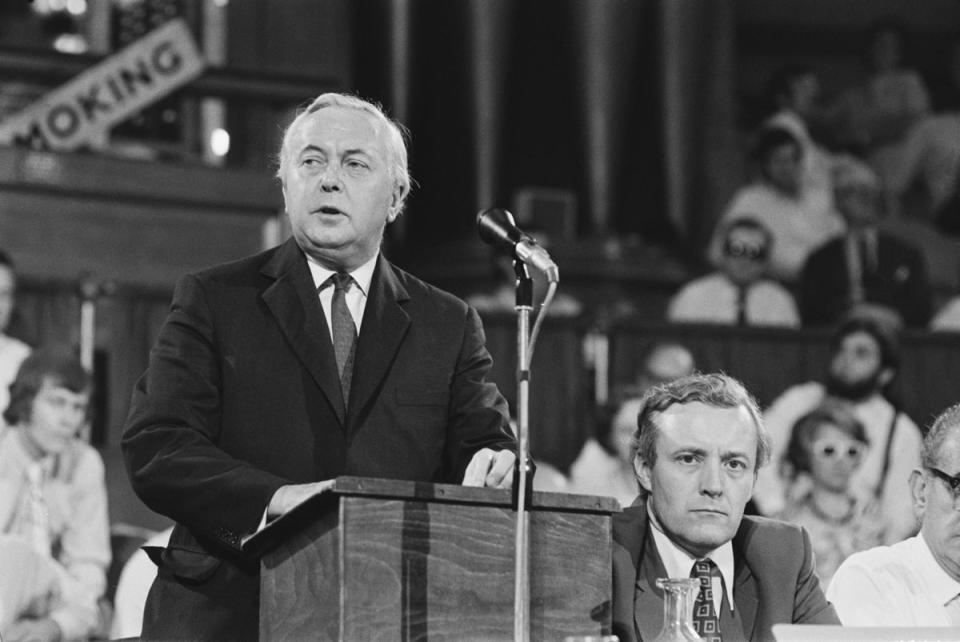
In his first and longest period as prime minister, Harold Wilson led the Government from 1964 to 1970.
He began with a majority of just four seats, before he gambled on an election in 1966 which gave him an advantage of 96.
6) Edward Heath
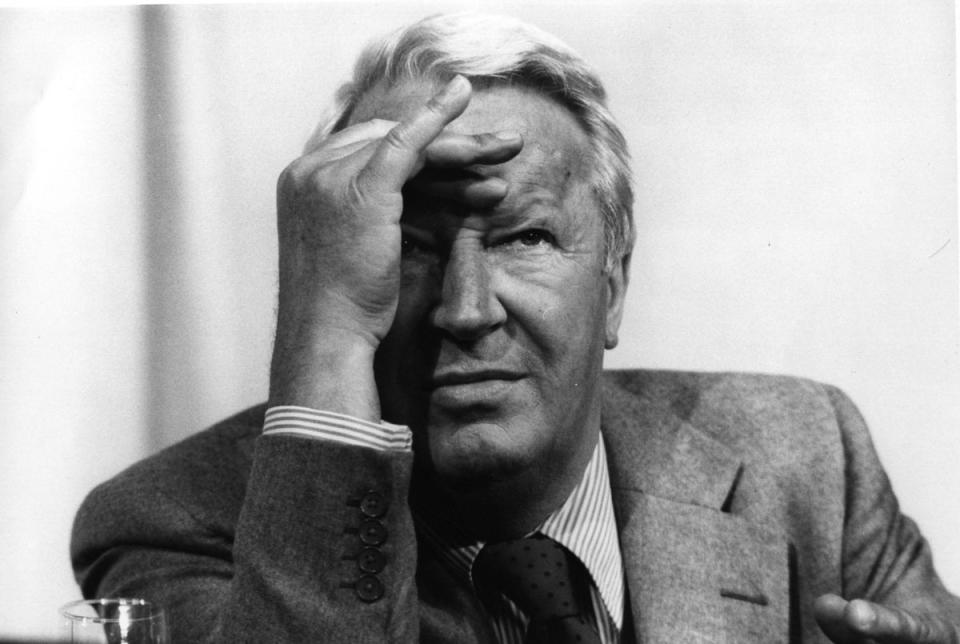
Edward Heath ran a Conservative government from 1970 to 1974.
He led Britain into the European Community during his tenure, doing so in 1973.
Harold Wilson - for the second time
Harold Wilson had a second shorter tenure in the role from 1974 to 1976.
This ended when he resigned, claiming he had always planned to do so at 60.
7) James Callaghan
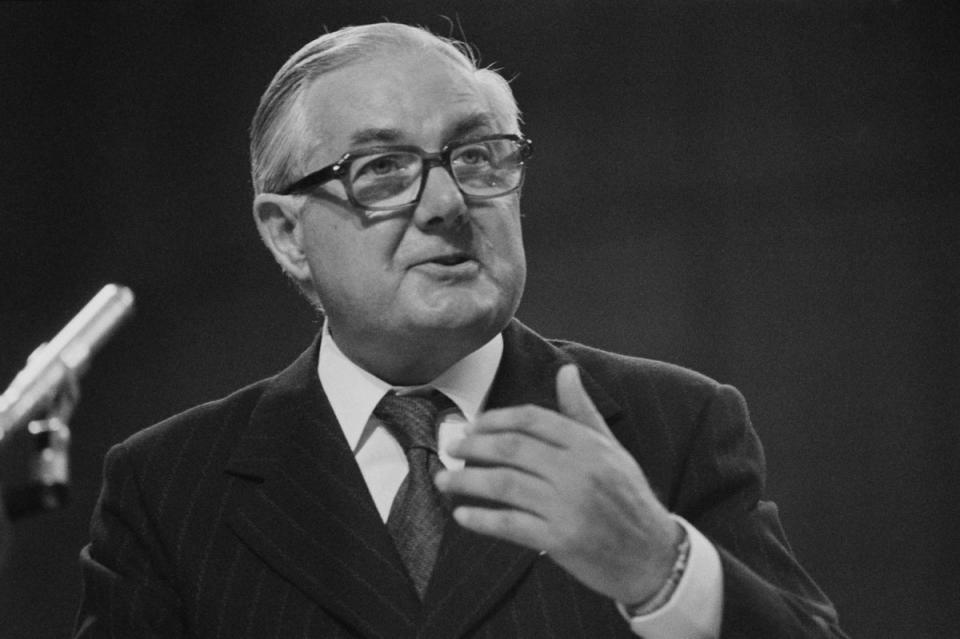
James Callaghan took the position from 1976 to 1979, becoming the first prime minister to have held all four major offices of state.
He lost his position after a vote of no confidence following the strikes of ‘the winter of discontent’.
8) Margaret Thatcher
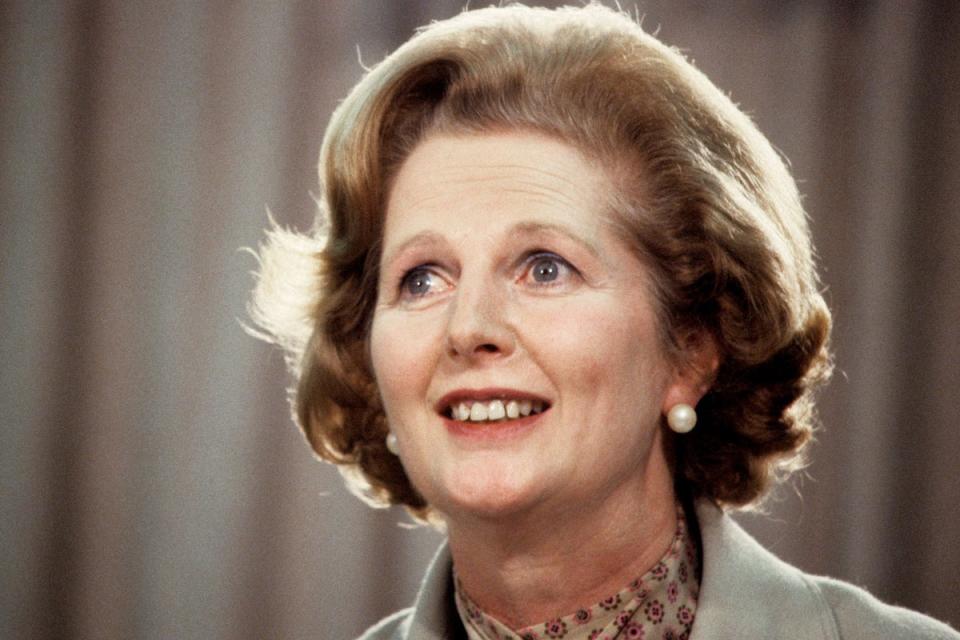
Margaret Thatcher was Conservative prime minister from 1979 to 1990.
She was the first woman to take on the role. She resigned after being challenged by Michael Heseltine for the Tory leadership. The first ballot didn’t put her through and she was advised to not run in the second – thus putting an end to her tenure.
9) John Major
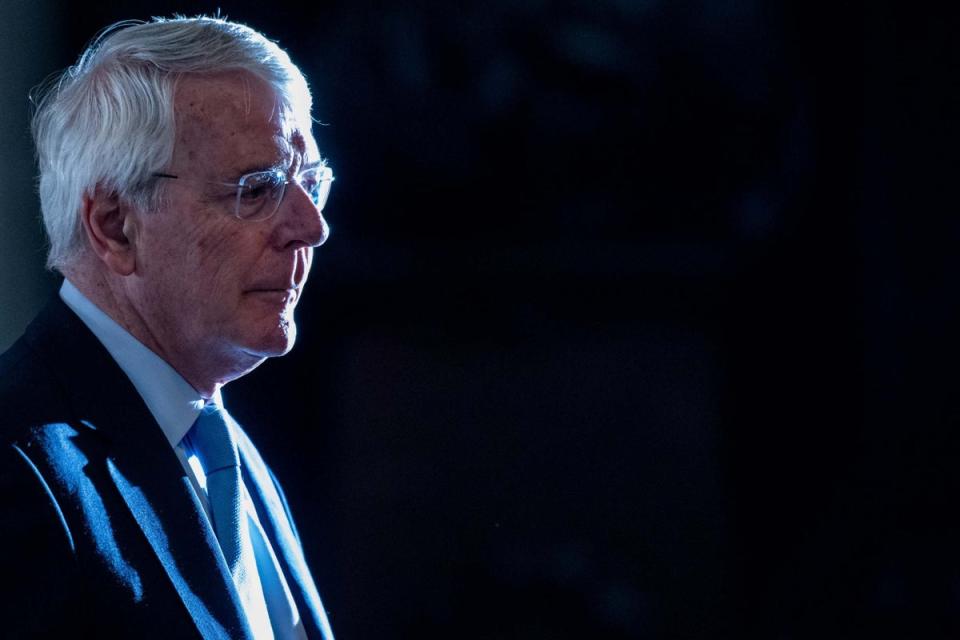
John Major was prime minister for just shy of seven years, from 1990 to 1997.
He resigned upon suffering a major defeat to Labour, which was the worst loss by a ruling party at an election since 1832.
10) Tony Blair
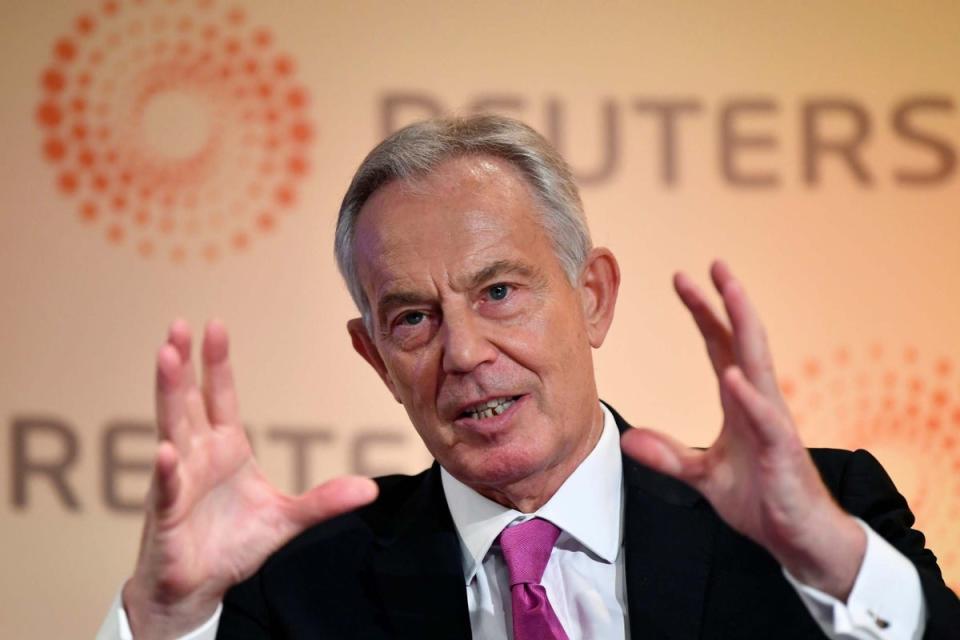
Tony Blair became prime minister in 1997 and served in the role until 2007.
He had been leader of the Labour Party since 1994 and was a key component of New Labour before leading it into office. He was the party’s longest-serving prime minister.
11) Gordon Brown
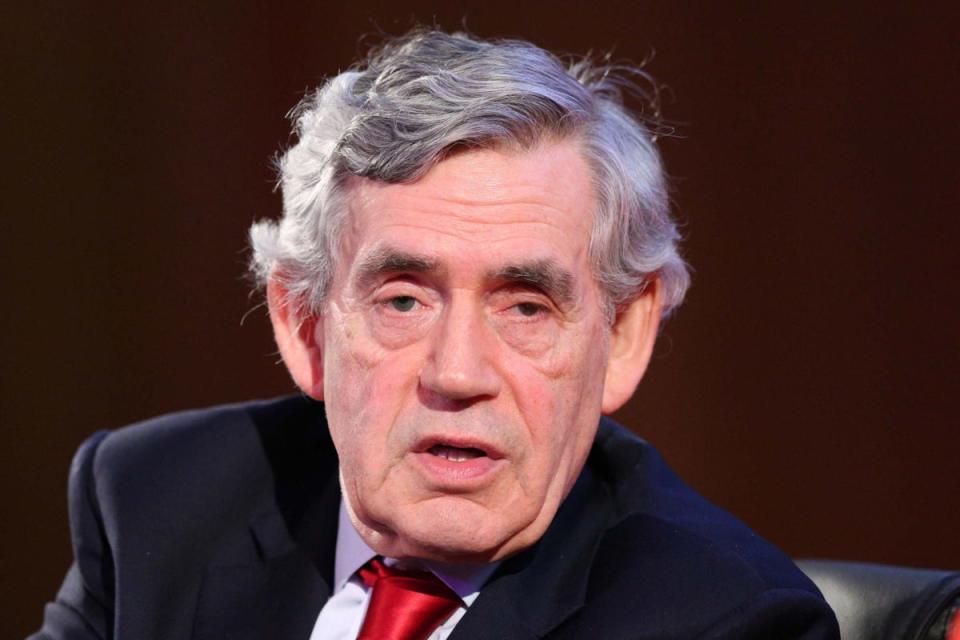
Gordon Brown took on the roll from 2007 to 2010, when he resigned after Labour failed to form a coalition with the Lib Dems, which led to David Cameron usurping him.
He also resigned as leader of the Labour Party at that point.
12) David Cameron
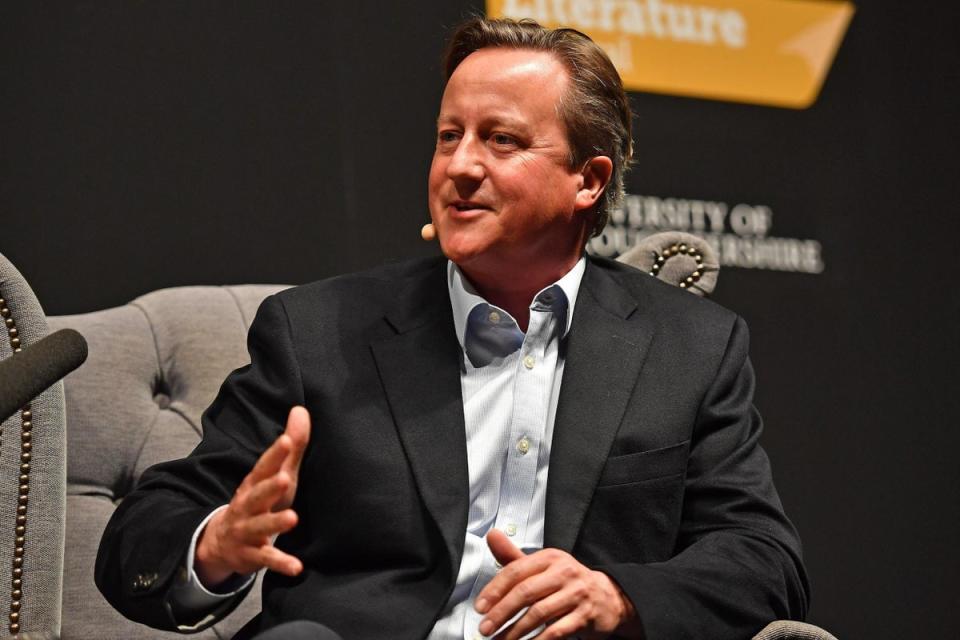
David Cameron served from 2010, when he became the youngest PM since 1812, and served until 2016.
He resigned in 2016 following the EU referendum.
13) Theresa May
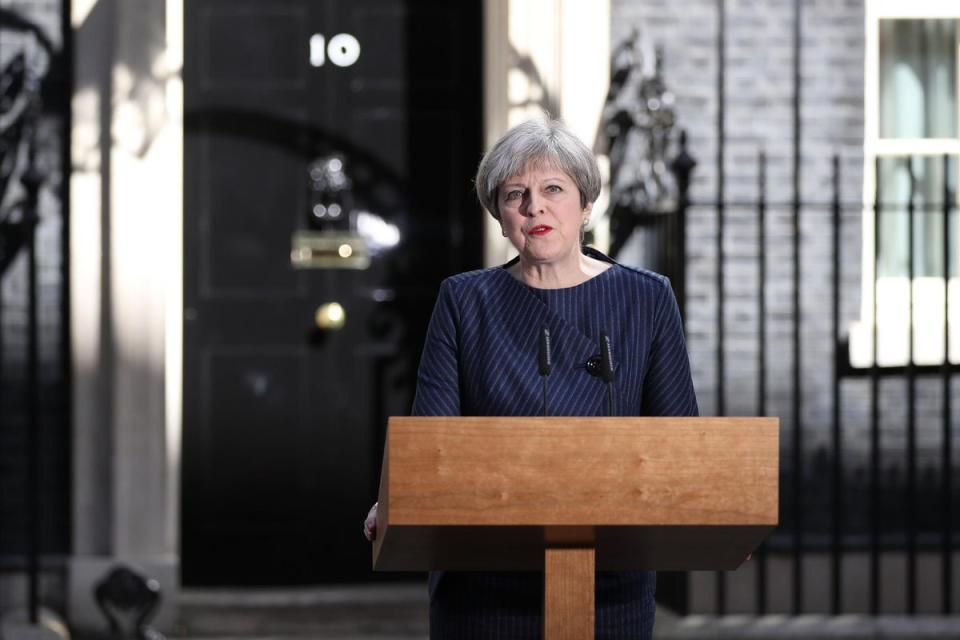
Theresa May was prime minister from July 2016 to July 2019.
She left office acrimoniously in 2019, after continually failing to get support for her Brexit strategy.
14) Boris Johnson
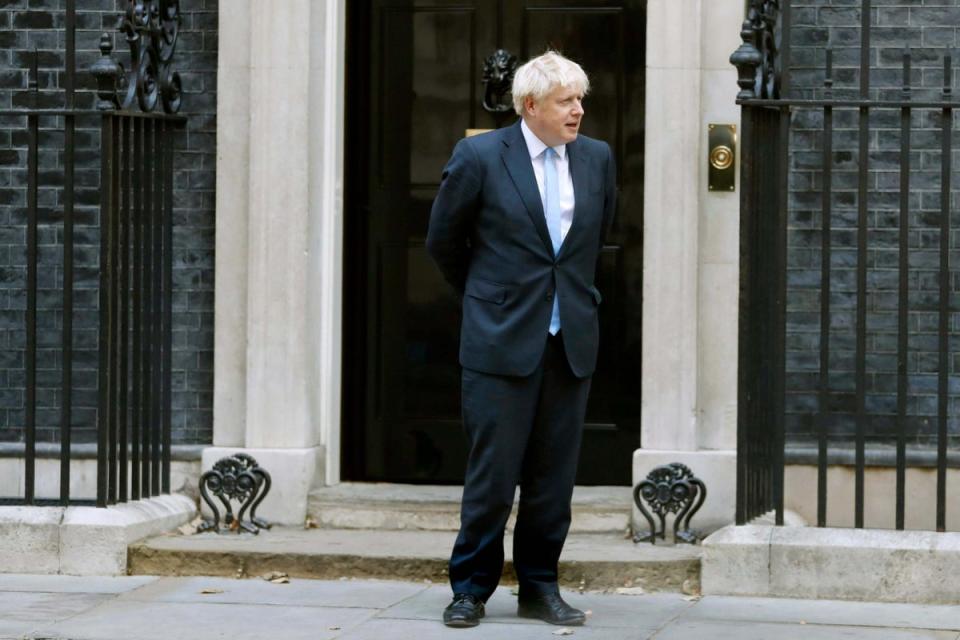
Boris Johnson decided to hold a snap election in December 2019, after taking over as prime minister from Theresa May.
Earlier the same year, he defeated other Tory leadership candidates, before finally beating Jeremy Hunt, to become the party's new leader in the summer of 2019. He resigned in 2022 after losing the support of his MPs.
15) Liz Truss
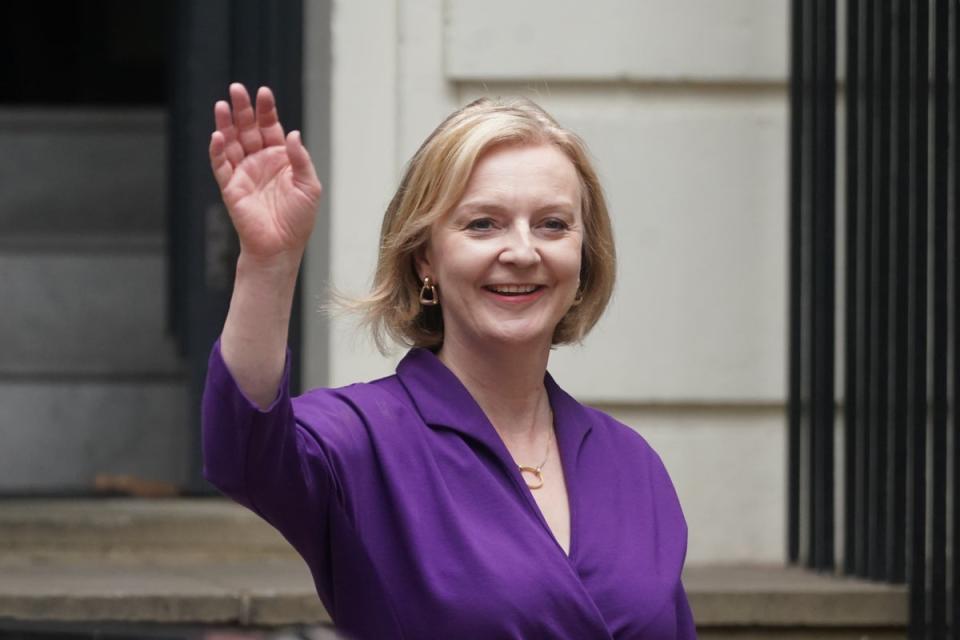
Liz Truss becomes the UK prime minister on September 2022, succeding Boris Johnson, who resigned earlier this year.
She defeated rival Rishi Sunak in the Conservative Party leadership contest to become Britain’s third female prime minister.

 Yahoo News
Yahoo News 
